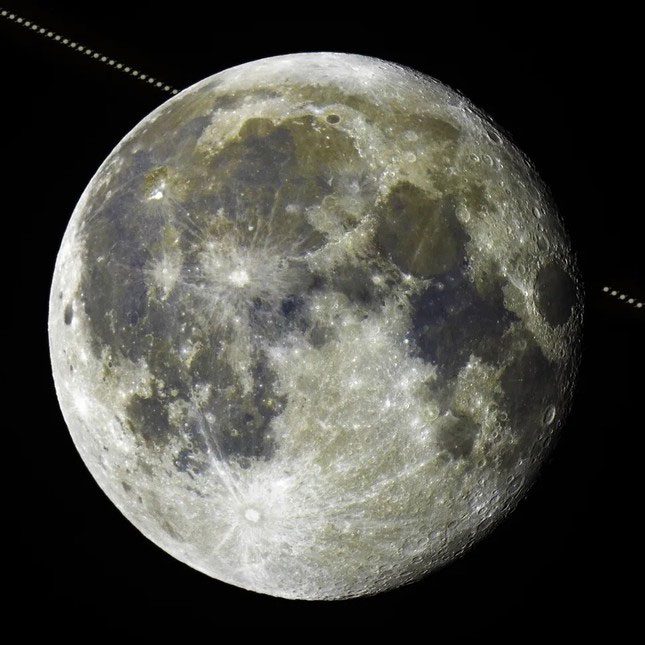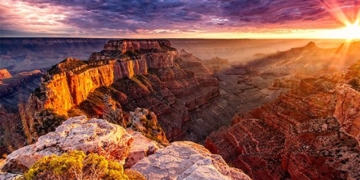Those who observed the Super Blue Moon during the recent July full moon may have noticed something unusual: a planet disappeared from the sky. At that time, the “Sturgeon Supermoon” briefly eclipsed or passed in front of Saturn, dimming Saturn’s light in the sky. An astrophotographer captured the entire spectacle.
In the early morning, the Moon obscured – or completely passed in front of Saturn, seemingly blocking Saturn’s light for over an hour. This rare occultation of Saturn could only be seen from certain regions of South America, Europe, and Africa. Astrophotographer Josh Dury was fortunate to photograph the whole event from Somerset, United Kingdom.

Total occultation of the Moon against Saturn, captured by astrophotographer Josh Dury.
Taken around 4 to 5:30 AM local time (approximately 11 PM to 12:30 AM Eastern Time), Dury’s images combined 30 individual photos into a single time-lapse sequence, documenting the entire process of the Moon’s occultation.
The rings of Saturn were clearly visible as they emerged from behind the northwest edge of the full moon, reappearing in the east about an hour later. Although the two objects appeared close together in the sky, in reality, Saturn is hundreds of millions of miles away, making the occultation an optical illusion similar to an eclipse.
At perigee, the Moon can appear about 15% larger in diameter compared to its apogee (farthest point from Earth) and can also appear significantly brighter, according to NASA.
The July full moon marks the first of four consecutive supermoons, providing sky watchers with numerous opportunities for observation. A good pair of binoculars or a small telescope can maximize the viewing experience for upcoming close encounters with the Moon.
If you missed the occultation of Saturn last week, you may have another chance to observe the next occultation in September, depending on where you live. On the early morning of September 17, the Moon will again appear to “devour” Saturn. This time, viewers in certain regions of Australia and the western United States will have the best views.
This is a busy month for sky watchers, featuring dazzling auroras, planetary conjunctions, and the Perseid meteor shower. Last week, astrophotographer Dury also walked to Stonehenge to capture dozens of “shooting stars” falling over this ancient monument.
There are still many skywatching events in 2024, including some of the most beautiful meteor showers of the year.


















































